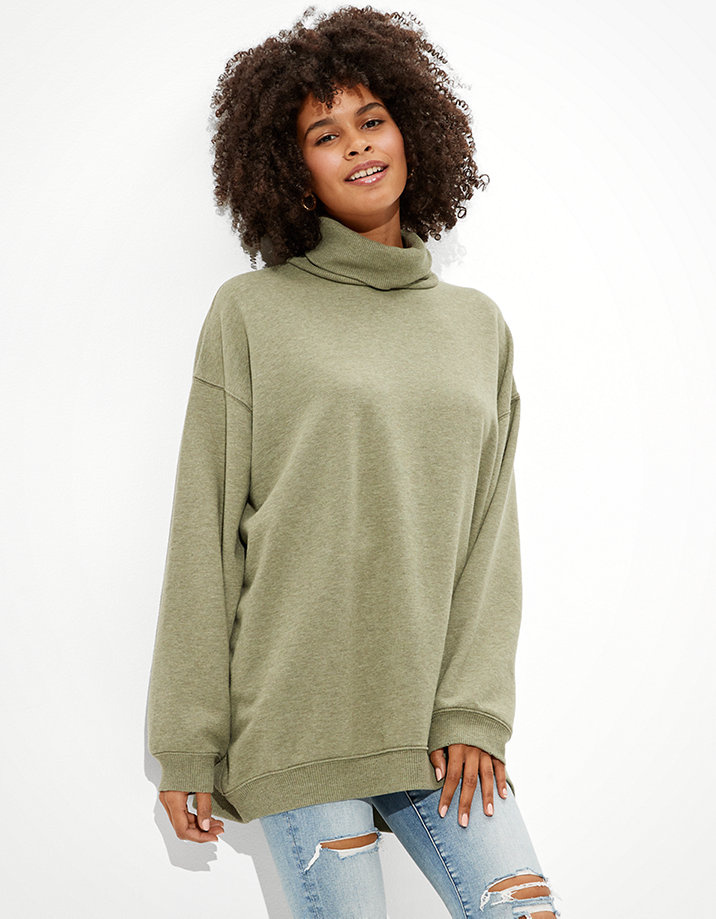Sweatshirts are long-sleeved pullover tops that are made of thick cotton cloth. They are typically used for casual wear and are not so formal as sweaters and cardigans. They do not usually have an Hood. If you're interested in buying a sweatshirt, here are some tips:
The appeal of Norma Kamali was spread by the use of sweatshirts
Since the late '70s, Norma Kamali has transformed the basic sweatshirt into an art form. Her designs have become a staple in almost all women's wardrobes. Her distinct styles include a tummy-tucking crew neck to leather-paneled sweatshirts. She also has created clothes with unique designs, like an oversized tank top that has an oversized trumpet skirt.
A collaboration between the designer and sweatshirt manufacturer Everlast led to her Timeless line, which was an instant hit when it was featured in the Spiegel spring 2006 catalog. The collection offered knits that were convertible and interchangeable with classic designs and many of the pieces were priced at less than $20. Even if Kamali's Timeless collection wasn't available in stores, buyers could still find these items on eBay or Poshmark.
Merino wool sweatshirts are more comfortable than soft sweatshirts
Merino wool is renowned for its ability to remove moisture, which helps to keep you dry and comfortable. Merino wool is an organic fiber that has a softer feel. It also drys quickly in comparison to other natural materials. In addition, it is a sustainable resource. The merino sheep shed their coats each year and grow new ones.

The warmth-to-weight ratio of merino wool is what makes it a popular choice for sweatshirts. It aids in controlling the temperature of your body due to its natural loft, which traps heat between the fibers. This is the reason Merino wool sweatshirts work ideal for outdoor and summer activities such as mountain biking and running. The warmth it offers helps keep the wearer cool and dry, which is essential for working out.
Zip-front hoodies feature kangaroo pockets.
Kangaroo pocket Hoodies are a well-loved style of hoodies. These hoodies have a large pocket in the front, which keeps your hands warm during cold days. They're also more practical than traditional pockets as they allow the hands to slide in and out with ease.
Kangaroo pockets are usually large enough to hold an entire wallet or smaller personal items. They're usually long enough to fit the palm of a hand that is small and are sufficient to hold two hands. They have wide openings on both sides and are ideal for carrying small items.
French terry fabric is a very popular material for sweatshirts.
The French Terry fabric is constructed of soft yarns that are knit into loops and are usually midweight. It is also renowned for its ability to wick away moisture and is pre-shrunk. French terry is a great choice for sweatshirts because it keeps you warm when you need it and helps keep your cool when you want to cool down.
French Terry is also popular for casual wear, as it is stretchy enough and has enough flexibility to feel good when you touch your body. It also allows air to circulate throughout the fabric, which makes it perfect for layering under other clothes. Additionally, since it's lighter than other sweatshirts you can wear it throughout the year without feeling too warm or cold.
Hoodies are classy and have a connotation of class.
Although it could appear that hoodies are just an appropriate clothing item for people of the working class, the reality is that they carry classist connotations. The hooded clothing was popular in the late 70s New York, where graffiti artists wore them to hide their identities. In 1976 Hoodies made their main film debut in "Rocky," when the protagonist of the film was a working class man in gray sweats that were hooded during his memorable climb to the top of the steps of the Philadelphia Museum of Art.
Hoodies are usually linked to death, destruction and other negative things, and yet they can also be used for practical reasons. For https://k12.instructure.com/eportfolios/374422/Home/What_you_need_to_Know_About_Sweatshirts_2 , monks and priests might wear hoods in order to display modesty and inward focus.
